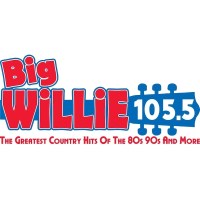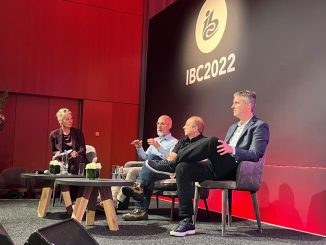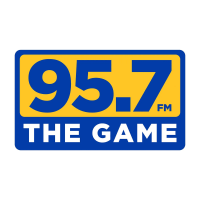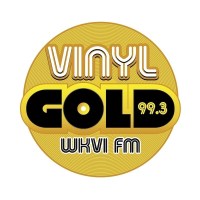WorldDAB produced a Sunday-morning conference session at this year’s IBC, exploring “new opportunities and new audiences with DAB+”.The packed event was hosted by WorldDAB’s Vice-President and Project Director of Digital Radio Netherlands, Jacqueline Bierhorst who detailed how DAB+ is driving the uptake of digital radio, with it now being standard in over 90% of new cars sold in Europe.Laurence Harrison from Radioplayer Worldwide recapped highlights from last year’s Car Buyers Survey which found that buyers say broadcast radio is the most valued audio source in the car.Lindsay Cornell, Chair of the WorldDAB Technical Committee, provided expert advice on using metadata to ensure stations look their best in the car.Gereon Joachim from Xperi further emphasised the vital nature of metadata, saying that broadcaster-owned and created non-linear content has an important role to play in local market content discovery and personalisation.The second half of the WorldDAB event explored opportunities with small-scale DAB+. Hanns Wolter, of DAB Italia and the Chair of WorldDAB’s Spectrum and Network Implementation Committee, noted that small scale does not mean free. Multiplexing and distribution requires some skill, but it does allow lower entrance costs.Lukas Weiss from Digris outlined the company’s operations in Switzerland, where FM is due to be switched off in 2024. Innovation – such as incorporating display advertising – had been the key to its success, he said.“Think differently, work locally,” was the message from Nick Piggott of Bristol Digital Radio, which operates the small-scale multiplex in the west of England, and Donald McTernan from Ujima Radio, one of the community stations broadcasting on the mux. They outlined how DAB can be done cost-effectively without disrupting the existing ecosystem.Gerard Lokhoff, DAB allotment 76 and the EUregio Digitaal Foundation brought further examples of small-scale deployments in The Netherlands, that includes the ‘DAB+ 4 Brainport’ local multiplex in Eindhoven, which carries two public and seven commercial stations. […]






